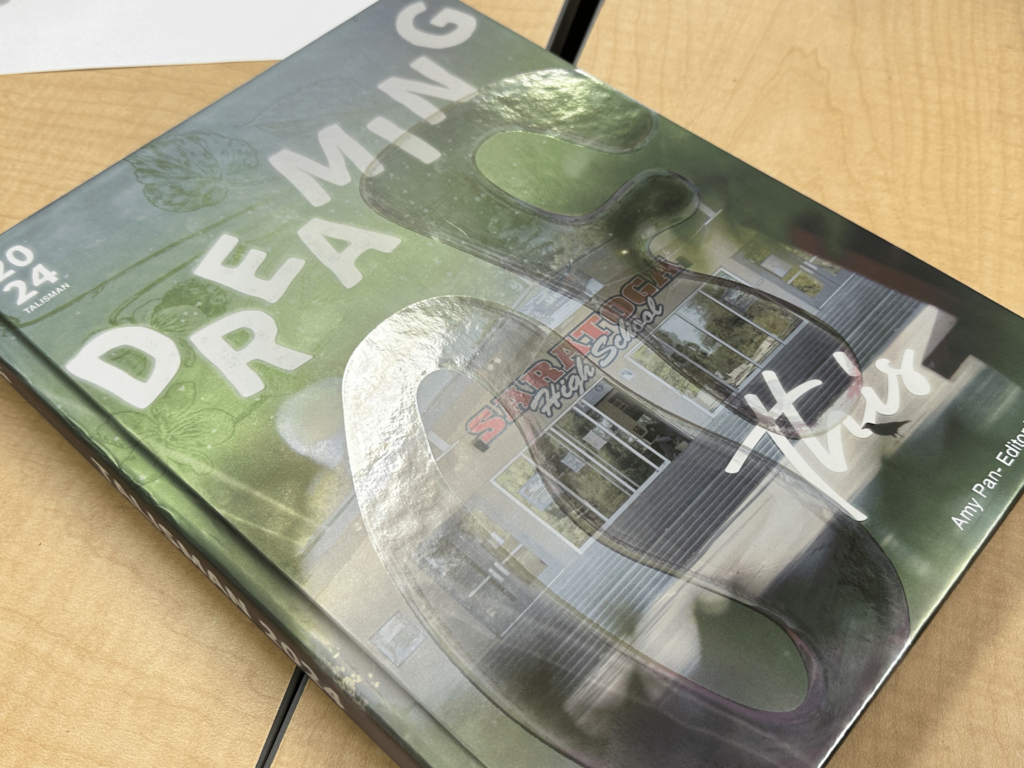Whether it was to ease the feelings of students wanting to be part of the election or to see how they would vote, mock elections were held in many junior and senior social studies classrooms with Democrat President-Elect Barack Obama winning the presidency.
In teacher Kirk Abe’s U.S. Government classes, students dressed up and gave speeches, representing assigned candidates. Afterwards, his classes were given ballots where they could vote for the candidate they wanted. Although other social studies classes did not get to dress up, they still
got a chance to vote.
After totaling up all the votes from the participating classes, results were finalized. Obama won the vote for the presidency with a total of 394 votes, while Republican John McCain gained 70 votes. Only a few of the students voted for the other presidential candidates.
This comes as no surprise, since in the actual elections Obama won big among young voters. Voters in the 18 to 24 age group went 68 percent for Obama to 30 percent for McCain.
Like the actual elections, Anna Eshoo was elected as representative in Congress. In mock elections, Republican Doug McNea won for State Assembly and Independent James Fitzgerald won for State Senator. In the real elections, however, they lost to Democrat Jim Beall and Republican Abel Maldonado, respectively.
Students also got to vote on all 12 of the propositions. The ones that passed in mock elections were Proposition 1, 2, 3, 5, 9, 10 and 12. The rest had a majority vote against them.
Although the state of California has voted in favor of Proposition 8, which eliminates the right of same-sex couples to marry, students here voted strongly against this proposition with a 394 to 105 vote. This result is similar to that of the Bay Area, where the majority of people voted no.
The mock elections drew parallels between high school voters and voters in the real election.
“Mock elections are like a microcosm within the school relating to how we would potentially vote as adults,” said junior Drew Hsieh.


























